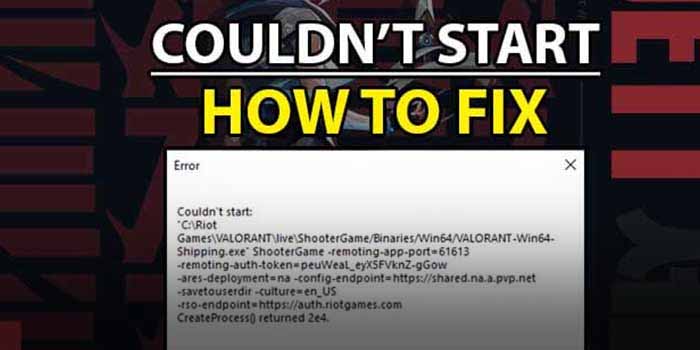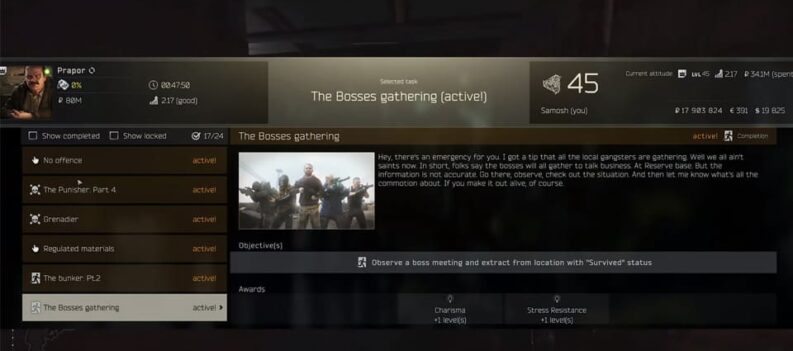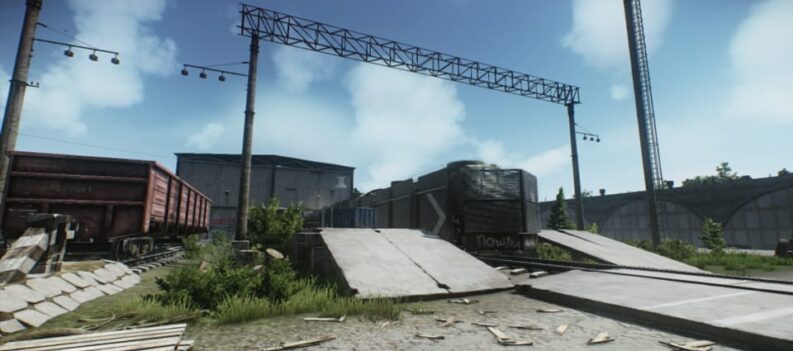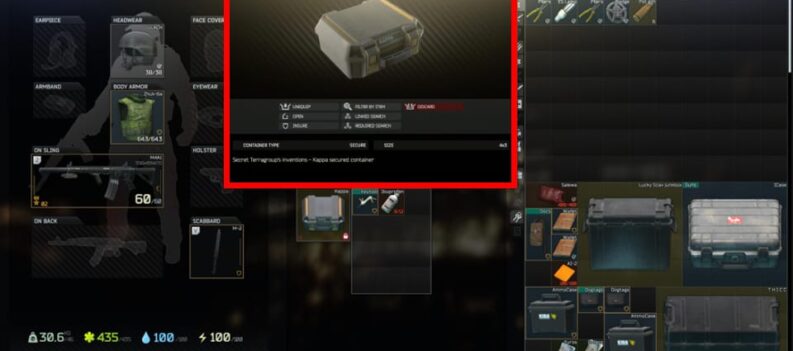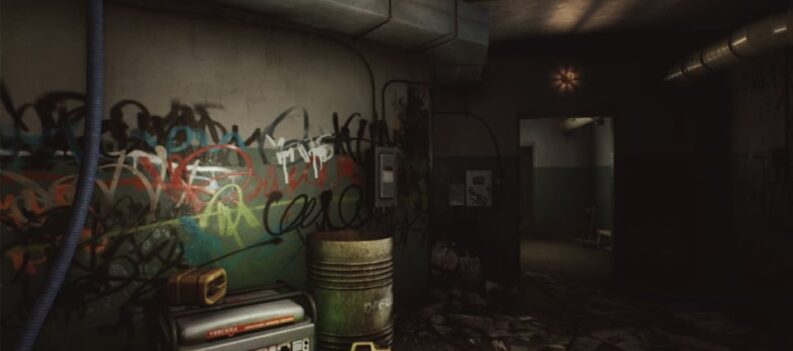Escape From Tarkov is brutal, and learning can be rough. But for players new or old it’s always important to remember our fundimentals, the basics on how to play Escape From Tarkov.
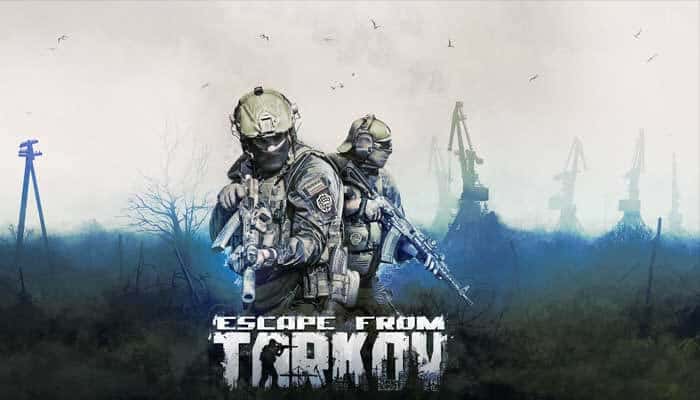
12. Know your map
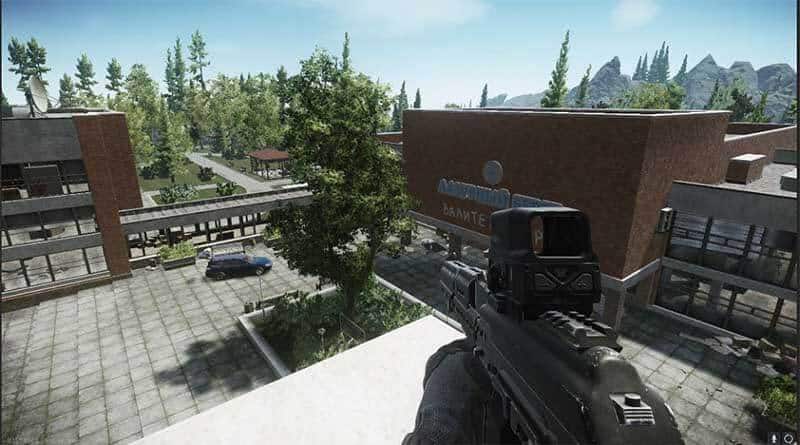
Pick a map, and stick to it. Most people recommend Customs, but Shoreline also makes for a great introductory map. Pick up the habit of running one of these, and run them until you know them.
Learning the ins and outs of one map means you’ll survive more runs, bag more loot, and ease the learning curve for other maps down the line. Once you’re used to navigating and learning positions in Tarkov, it’ll be much easier for you to switch to a new map.
11. Practice Offline
Offline games give you the opportunity to explore a map without contending with other more experienced players.
Offline also offers you the ability to test out how your gear handles and, if you haven’t got the hang of it yet, offline games can also be used for sparring against scavs. Either with a bit of a handicap, how they appear in online games, or with a bit of added spice and aggression. Regardless of what you use it for specifically, offline games can be a massively useful learning aid.
10. Know Your Gear, and Know your Enemy’s
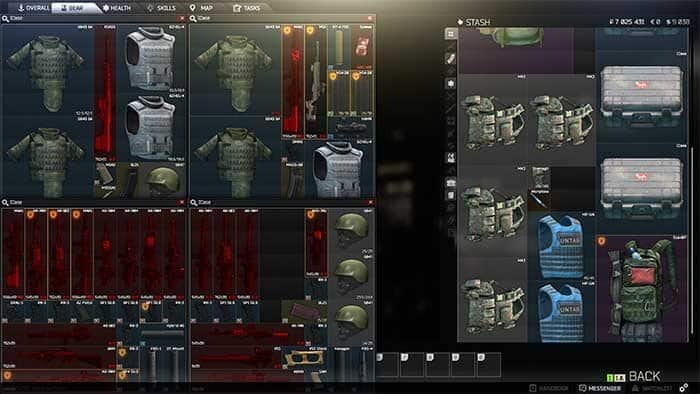
Escape From Tarkov takes a very grounded and realistic approach to guns and gear, knowing how they interact can absolutely help you get to the extraction. Know what armors you can penetrate, know which you can’t, and know how your gear behaves in different situations.
As I mentioned, offline games can be used to get a feel for your gear, and you shouldn’t underestimate how useful it is. How long does it take you to reload? How does your gun recoil? Where do shots land at 50 yards? 100 yards? What can your armor stop? These are all important questions that you should know the answers to, and a few minutes of messing around offline can save you having to learn over hours or days of normal gameplay.
9. Insure Everything, Always
Insurance is possibly the simplest thing in EFT. If an item is insured, and you die/leave it behind in a raid. If nobody extracts with it by the end of the raid, you will get your items back after a length of time depending on who you used for insurance (usually a day).
The cost of insurance is what usually causes doubt, but really for most people Prapor’s insurance is plenty good enough, and he generally charges a fraction of what you’d pay for the item in the first place. For some items he charges more or less, but even if you only recover one out every four sets of gear you drop you’ll still be saving yourself a good amount of money.
Guns and armor, while tempting, are extremely difficult to take as loot. They occupy very large amounts of space, and often aren’t as efficient in profit as a backpack full of even just nuts, screws, and duct tape. Even when guns are heavily modified, most of that value can usually be extracted by taking attachments with you and leaving behind the gun itself.
8. Tasks, Traders, and the Hideout
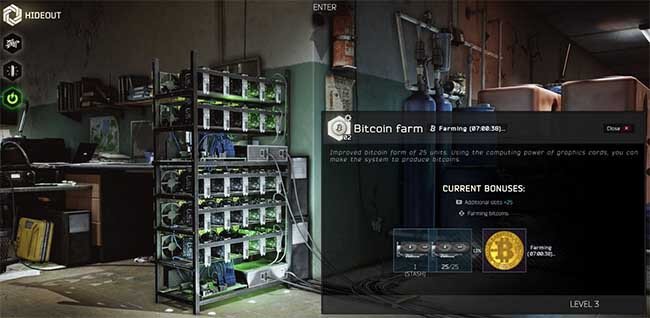
EFT has a skill based progression system, but it also has two other primary forms of progression.
Leveling up your traders gives you access to a much wider variety of equipment without having to compete with the Flea Market prices, and upgrading your hideout opens up a myriad of options for generating additional income.
Make sure to always double check what items you need to upgrade, or what tasks need completing for your traders.
7. Pick Your Fights
Tarkov is a brutal game, and for most of us the more fights you’re in the less likely you are to get out of a raid alive. Knowing what armor you can penetrate, what armors you can’t, and what weapons/ammo can penetrate your armor can be massively useful in deciding if you actually want to shoot at that guy on the hill.
But even having heavy gear doesn’t make you invincible, and while your top-tier armor might feel completely immune to pistols and SMGs, getting your arm or leg blown out for the sake of taking someone’s Glock or Kedr can really start to matter when you can’t shoot straight at the fully-kitted guy with an M4 another 10 minutes into the raid.
6. Work the Market
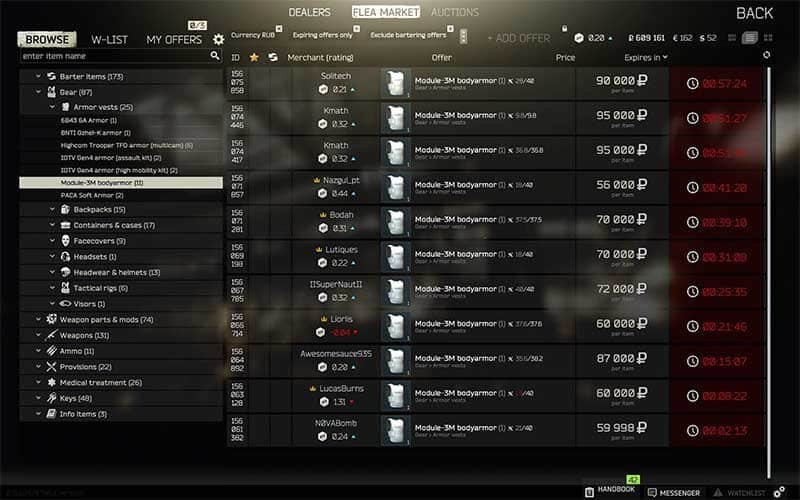
Looting is all well and good but getting the most out of your loot can make a surprising difference. Selling loose loot to Therapist, and gun parts to Mechanic is just a start. Knowing what sells for the most on the Flea Market is just as important.
It may seem a little “too much” but if you’re going to be doing a series of raids you might as well stop by the Flea Market first and see which loose loot items are selling for the most. Sometimes it can be worth an extra thousand or two to just wait a day to sell some of your take when the prices have gone back up.
5. Do Scav Runs, and Do Them Often
Scav runs are basically free gear. Since a new scav is available every 20 minutes, not doing a Scav run as often as they come up is just robbing you of some potential gear, as well as a more risk-free learning experience.
Don’t underestimate your scav either, scavs have been known to spawn with decent weapons, including AKs, FALs, and AS Vals. Scavs can also spawn with loose loot on them, notably Lab Access Keycards. With the Flea Market being restricted to found items only, these key cards can be a quick way to boost your finances.
4. Headphones, in-game, and in person.
While many games advise you wear headphones to best hear audio cues and track down your opponents, EFT also has headphones available for your character.
Active headsets exist as a real technology, amplifying quiet subtle sounds and muffling the sharper, louder “impulse” noises of gunshots and explosives.
This serves as a great tactical asset in EFT because someone with an active headset can easily hear someone running, or even walking from further away. Some sounds, like the rustling of leaves as you pass through a bush, or somebody walking on dense grass, can be increased dramatically.
However, some sounds, most notably the sound of suppressed gunfire, can be messed with a lot depending on how far away the shooter is from you. Combine that with the different sound profiles of each different type of headset, and you really still do have to get accustomed to the feel of your prefered headset.
3. Run Some Rat Builds
Big tank tier 6 armor and 50 round drums on M4s can be scary, but luckily in EFT you’re never completely helpless against them. When you’re getting used to the game, never feel ashamed to do a budget build, or what the community sometimes calls “Rat” builds.
Mosin Nagants, Shotguns, and cheap SMGs are the staple of rat builds. Grab yourself a headset, a helmet, and a bank robber rig from Ragman and either a Kedr or a Mosin from Prapor and you’re all geared to kill scavs and even other players on quite a low budget. Remember, your opponent doesn’t get to say that your bullets don’t count just because they came out of a cheap gun, and it doesn’t matter what armor someone’s wearing when you spray 10 rounds of 9×18 pst gzh into their knees.
Getting used to rat builds is almost as important as getting used to a map. Heavier builds move slower, and the same way your navigation can cut down on time and efficiency, honing your combat and stealth skills in a light kit will help you come out on top without investing a whole lot of money.
2. Wolves Hunt in Packs

You should always be cautious when playing EFT, but having a buddy can free up a lot of options for you. With some practice, you can behave a lot more aggressively. But even if you aren’t the most skilled of teams, just having someone to watch your back when you’re looting, or pick up your stuff if you go down, can make all the difference.
If you can bring a friend, do it. If you can’t, don’t be afraid to say hi to the rest of the community.
Have a Plan
With all of the above in mind, make a plan. Even a rudimentary idea of where you’re going to go, what routes you’re going to take, and what kind of loot you’re looking for.
Executing cleanly on a route can help you get to locations before any of the competition, and If you’re playing with a friend, make sure they’re fully aware of the plan so they can keep pace with you.
Read Also : Escape From Tarkov Scav Bosses


